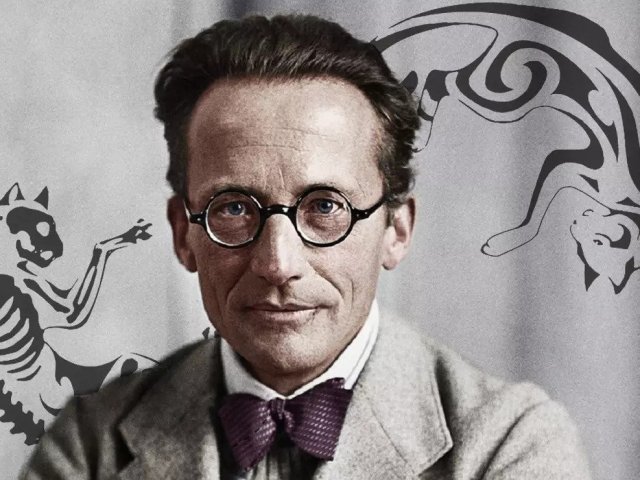On July 8th, 1985, Igor Yevgenyevich Tamm, an outstanding Russian scientist and a Nobel Prize winner, was born.
Igor Tamm’s scientific pursuits were mainly related to quantum mechanics, solid-state physics, radiation theory, nuclear physics, particle physics, as well as solving a number of applied problems, writes the P.N. Lebedev Institute of Physics of RAS where Igor Tamm worked for the rest of his life. Together with I.M. Frank the scientist described the movement of particles in a medium at a speed exceeding the phase speed of light in this medium (the Vavilov-Cherenkov effect), for which he received the Nobel Prize in 1958. The operation of fast charged particle detectors (Cherenkov counters) is based on the Vavilov-Cherenkov effect.
The winner of the Stalin Prize, Igor Tamm was also awarded the M.V. Lomonosov Great Gold Medal for his outstanding achievements in the theory of elementary particles and other fields of theoretical physics in 1967.
Together with A. D. Sakharov he put forward the principles of plasma retention in a tokamak, a special toroidal plant developed at the Kurchatov Institute. Tamm and Sakharov are considered pioneers in the study of controlled fusion and magnetic plasma retention.
Thermonuclear fusion occurs in the core of the Sun where hydrogen is fused into helium releasing a tremendous amount of energy. A controlled fusion reaction is important in that it releases much more energy than it consumes. Despite more than 60-year long international work in the field of controlled fusion, the desired result has not yet been achieved.
Igor Tamm and his colleagues worked in the 1950s on the hydrogen bomb design. Scientists had succeeded in designing RDS-6s, the world’s first hydrogen bomb suitable for practical military use.
Igor Tamm’s most important discoveries also include the theory of light scattering in crystals – in particular, combination scattering in which for the first time the fluctuations of lattice were sequentially quantized and the concept of a quasi-particle (photon) came into being, writes the newspaper ROSATOM Country. In addition, Tamm put forward a consistent theory of light scattering on electrons, theoretically predicted surface electron levels in a crystal (the Tamm levels), prepared a seminal work on photoeffect in metals, and developed a theory of beta forces between nucleons.
Igor Tamm was an Academician of the USSR Academy of Sciences. In 1934 the scientist became the head of the theoretical department of the Physical Institute of the Academy of Sciences of the USSR and held this position for the rest of his life. The distinguished physicist died on April 12th, 1971, at the age of 75.
Photo: isoga / 123RF






















